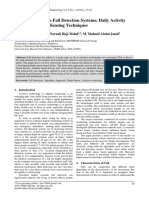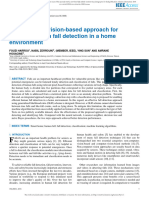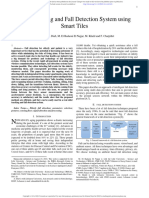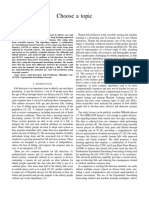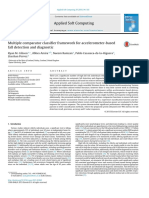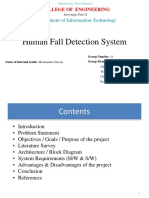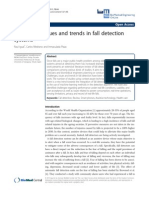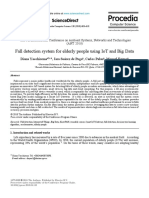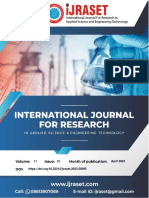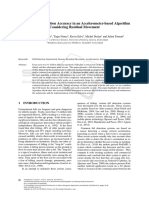0% found this document useful (0 votes)
13 views1 pageSaurabh
The document discusses the urgent need for fall detection systems for the elderly, highlighting the limitations of current technologies that often produce high false alarms. It reviews existing literature on the use of sensor networks and the benefits of sensor fusion to improve accuracy and robustness in fall detection. The paper also examines various aspects such as data collection, transmission, analysis, and available benchmark datasets for evaluating performance.
Uploaded by
anil297Copyright
© © All Rights Reserved
We take content rights seriously. If you suspect this is your content, claim it here.
Available Formats
Download as DOCX, PDF, TXT or read online on Scribd
0% found this document useful (0 votes)
13 views1 pageSaurabh
The document discusses the urgent need for fall detection systems for the elderly, highlighting the limitations of current technologies that often produce high false alarms. It reviews existing literature on the use of sensor networks and the benefits of sensor fusion to improve accuracy and robustness in fall detection. The paper also examines various aspects such as data collection, transmission, analysis, and available benchmark datasets for evaluating performance.
Uploaded by
anil297Copyright
© © All Rights Reserved
We take content rights seriously. If you suspect this is your content, claim it here.
Available Formats
Download as DOCX, PDF, TXT or read online on Scribd
/ 1







